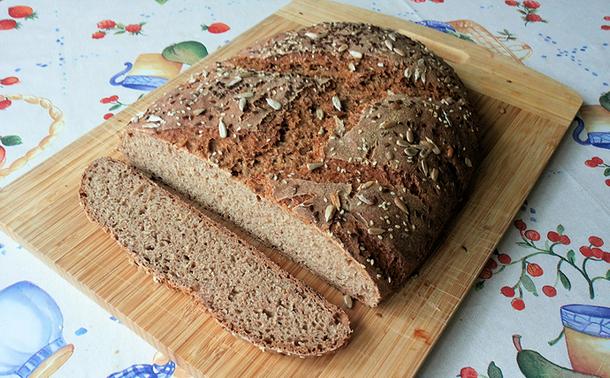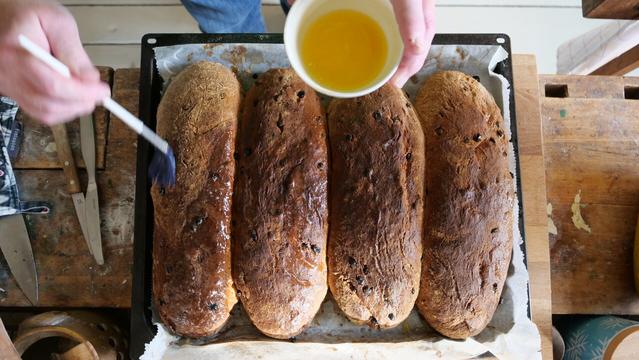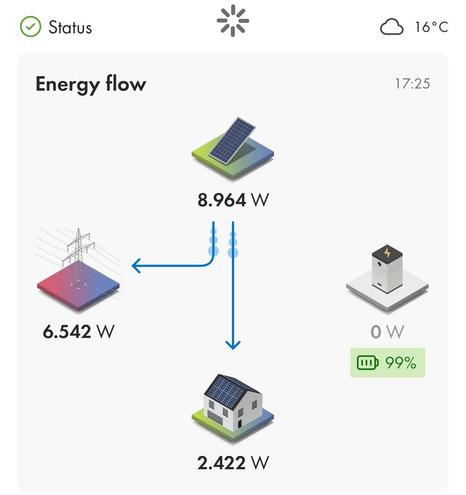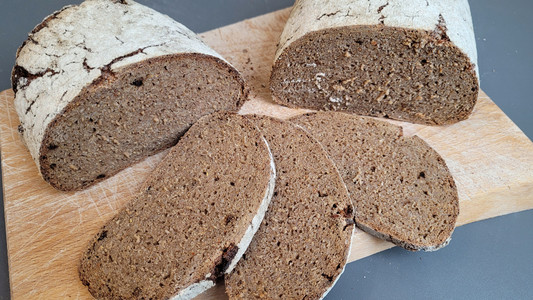Art meets Finnish grainfarming or It takes a village to plant a rye field.
Finnish-Rhenish crossover (part 3 of a bread trilogy).
The third part of our Rye Bread Trilogy turned to the “Onjeschwedde” – a harvest bread from our host Peter’s hometown of Mönchengladbach.
Its name means “not sweated” – once baked with freshly milled rye, still rich with its own moisture. Made from half rye sourdough and half wheat yeast dough, blended with currants and gentle spices, it carries the taste of the Rhineland harvest tradition. For this baking, our own super freshly milled (by
#grannaslantbruk) flour from Iivo found its place in the loaves. This time Peter himself baked four breads – adding his own roots to the trilogy, and binding the fields of Vörå to the memory of his place.
The name Onjeschwedde (ungeschwitzt) refers to the fact that the bread is baked with flour made from freshly harvested rye. The flour is then moister than when it is ground from stored grain, which has already lost most of its moisture. It is therefore usually baked in late summer after the harvest and is only available for a period of five to six weeks. Typical toppings for Onjeschwedde are liver sausage, apple puree, sugar beet syrup, cheese or just butter. (Wikipedia)
With the support of:
Finnland-Institut Berlin, Mikko Fritze, Finnlines
#Vöråsparbankaktiastiftelse #harryschaumanstiftelse #grannaslantbruk
#perjohangrannas #tommyantill #abbeberglund
#art #participartorayart #preserved #rye #harvest #baking #onjeschwedde #rheinland #rhineland #finnland #finland #österbotten #ostrobothnia #finnlines #finlandinstitut #abramsgarden #ernte #sauerteig #sourdough #vöra #vöyri #backen #grainfarming #mehl #ryeflour #roggenmehl



